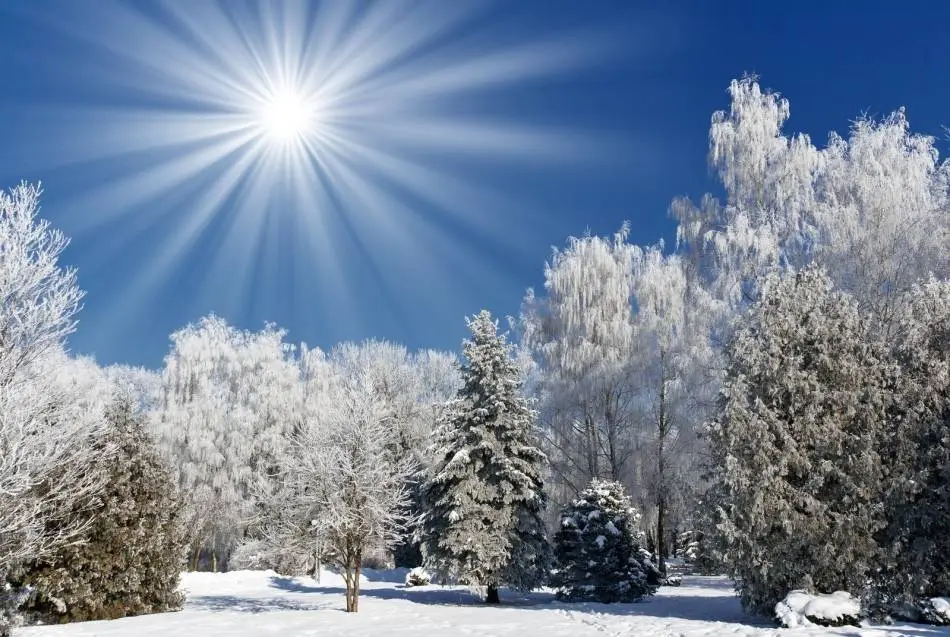“Eagle Festival“
It is believed that the tradition of eagle hunting, which is one of the heritage festivals of the Mongolian people, originated 6000 years ago among the nomads of Central Asia and has been preserved until now, and Mongolia is the country that has best preserved this tradition. This heritage with a rich history is organized as “Eagle Festival” twice a year, every spring on March 4-5 in Ulaanbaatar city, and in autumn in Bayan-Olgii province in the first 7 weeks of October. The Eagle Festival takes place in the form of a competition, and the event begins with eagle hunters dressing up in their national costumes, placing their domesticated eagles on their forearms, and riding horses trained to hunt eagles, joining the parade. On this occasion, the participant with the best national costume, horse and eagle equipment will be selected. Competitions are then held to test the eagle’s hunting skills. The relationship between the eagle and the eaglet, whether they listen obediently or not, the majestic flight of the eagle, and the way it hunts are evaluated. In some years, live animals were used to test the training of eagle companions, but this has been banned in recent years due to requests from tourists. Also, during the event, you can enjoy traditional Kazakh games such as kokpar or tulam grabbing, picking up coins from the ground, as well as meeting hospitable Kazakh people dressed in national costumes and getting to know the customs and domestic culture of the Kazakh people in depth.
Blue Pearl Ice Festival
“Blue Pearl” is one of the biggest and oldest events in Mongolia’s tourism industry. Participants and enthusiasts travel a total of 2,000 km along the route Ulaanbaatar – Darkhan Erdenet – Bulgan – Muren – Khatgal Village 1 Huy Tolgoi. In recent years, the number of participants has increased dramatically, reaching 15,000 people, and the events and programs during the holiday are expanding in terms of content. These include The ice White Competition, Bicycle Race on Ice, Skating Race, Explanatory Tour of the Ice Town, Moto Sports Demonstration, Dog Sled Race, Tug of War Competition on Ice, Father and Mother – Fun Competition, Horse Racing – Khuvsgul Dalami – Tour of the Town , Winter of Mother Ocean – photo exhibition, skirmish competition, archery competition on Ice Mec, fun games for tourists, food show, pulley push competition on ice, national fashion show, volleyball competition on ice, car driving, ice Activities such as sumo wrestling competition, children of Alungoo queen – multi-ethnic art festival, horse-drawn sleigh race, etc. are organized.
The Thousand Camel Festival
The so-called Sky animal or Mongolian camel is highly adapted to live in semi-desert, desert environment.
The main difference between a desert and a semi-desert is that a semi-desert receives at least twice as much rain per year as a desert. The main exception to this is the Gobi desert, which is the largest desert region in Asia.
Mongolian camel has two humps that store water and fat. The two humps protect their body from extreme heat from the sun. Camel’s feet are highly adapted to walking on sandy terrain. Mongolian camels mainly eat thorny plants and other types of desert-based plants. Mongolian camels are capable of surviving a long period without drinking water. Camel’s body is covered with tick-layered skin. Their tick skins protect them from hot summer days and cold winter nights.
Nomads who live (Indo-European, Mongolic, Turkic) in the Gobi Desert have domesticated two-humped camels for thousands of years. Mongolians have a special celebration for their domesticated camels. It’s called the Thousand Camel Festival or Camels Race. The purpose of the celebration is to grow the camel population; attract local and foreign audiences; help developed winter tourism in Mongolia. Since 1997, this celebration has been celebrated every year. The thousand Camel Festival is the biggest event during winter. About one thousand camels from 11 provinces participated in the festival. The festival set a Guinness world record (about one thousand one hundred eight camels raced across a 15 km dirt track).
Breakdown of “The thousand Camel Festival”
- Camel parade
- Beautiful capable with camels
- Ancklebone shooting game on ice
- “Atan” camel race
- “Torom” camel race
- Ice Ankle Archery Competition
- Champion Cup participants match
Winter Horse Festival
In order to spread the heritage, history and culture of nomadic Mongols to others on these days, spectators can participate in activities such as riding horses among the crowd, betting on short distances with young horsemen.
Attendance:
- Horse a lasso
- Manege
- The couple horseman
“Winter horse festivel” participants ambler pacer, canter, trot, gallop, so forth compete with each other.

